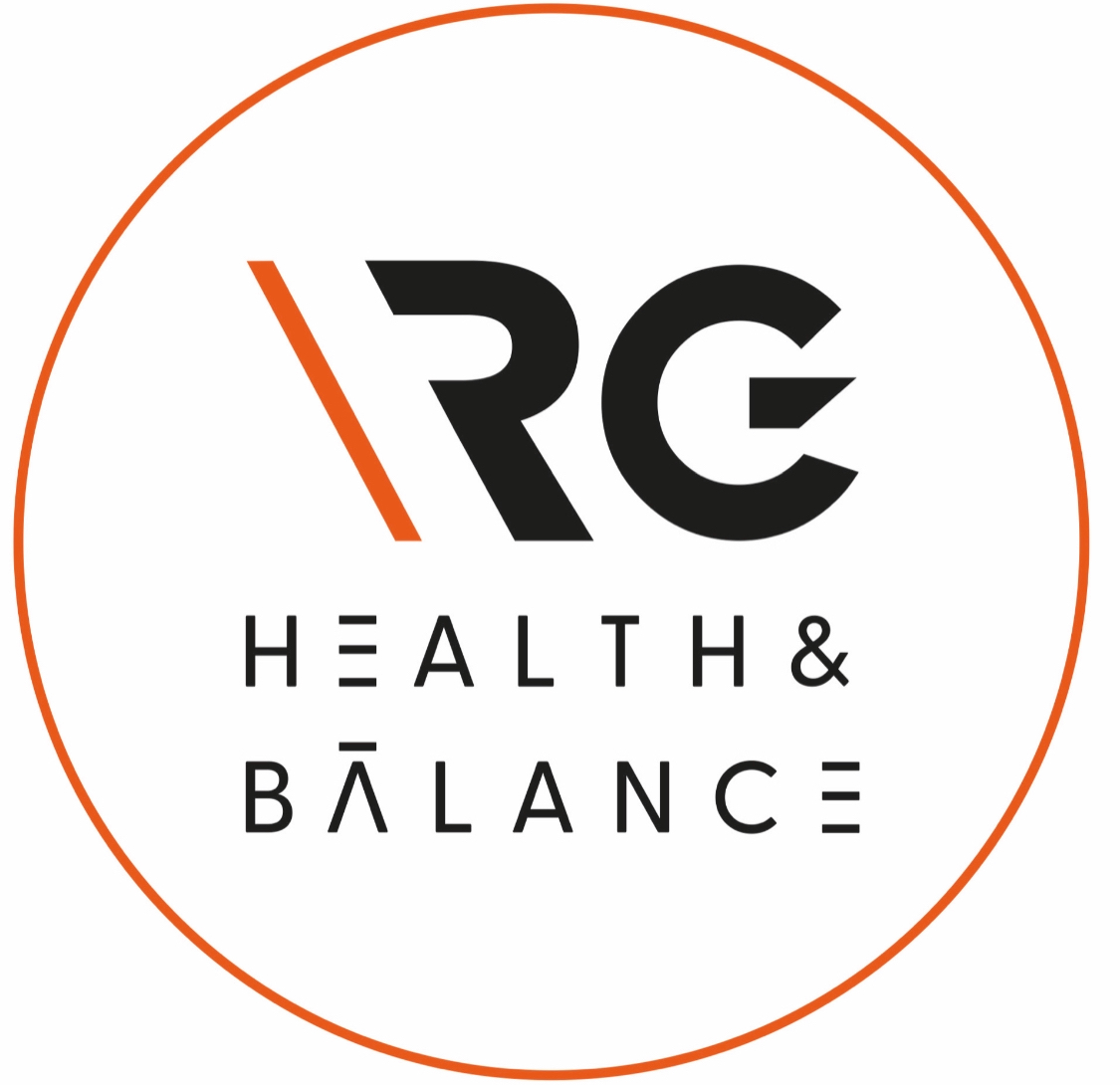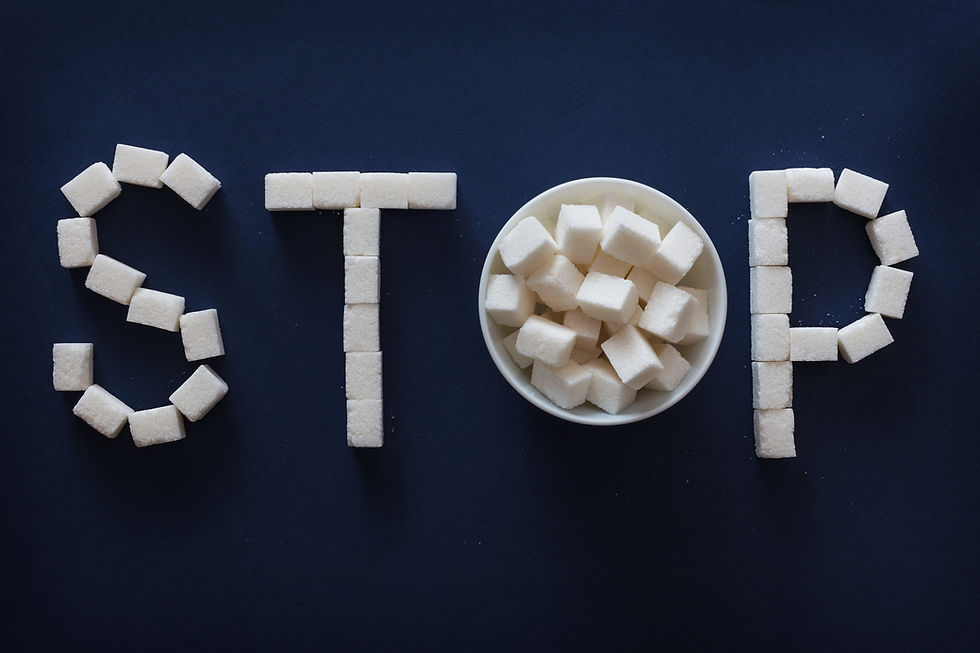Discovering Bad Fats and Good Fats
- \ Raul Gabellini

- Jul 2
- 5 min read
Understanding fats to eat better and live better
For a long time, fats have been seen as the sworn enemies of our health. For decades, dietary recommendations have pointed fingers at lipids as the main culprits behind obesity, cardiovascular diseases, and many other ailments. However, recent nutritional research provides a much more nuanced picture: not all fats are created equal. Some are even essential to our health.
In this article, we will delve into the world of dietary fats. Which ones are good? Which ones are bad? And how can we wisely incorporate them into our daily diet?
1. Why do we need fats?
Before diving into the details, let's set the groundwork: fats are essential for our body. They play several vital roles:
- They are a concentrated source of energy: 1 gram of fat provides 9 calories, which is more than double that of carbohydrates or proteins.
- They are necessary for the absorption of fat-soluble vitamins: A, D, E, and K.
- They participate in building cell membranes.
- They are involved in hormone production and inflammation regulation.
- They protect organs, insulate against cold, and provide energy reserves.
But it is also crucial to choose the right fats, as while some nourish the body, others can silently damage it.
2. Classification of fats: a bit of science for better understanding
Fats (or lipids) are divided into several categories based on their chemical structure. Here are the main types:
a) Saturated fatty acids
- Structure: no double bonds.
- Texture: solid at room temperature.
- Sources: butter, cream, cheese, fatty meats, coconut oil, palm oil.
- Risks: in excess, they can raise bad cholesterol (LDL), contributing to cardiovascular diseases.
But be careful, they are not all to be banned. Good quality raw butter or dairy products from grass-fed animals can contain interesting nutrients like vitamin K2.
b) Unsaturated fatty acids
- Structure: one or more double bonds.
- Texture: liquid at room temperature.
- Subtypes:
- Monounsaturated: olive oil, avocado, nuts.
- Polyunsaturated: omega-3 (fatty fish, flaxseeds, walnuts) and omega-6 (sunflower oil, corn oil).
- Benefits: reduction of LDL cholesterol, cardiovascular protection, anti-inflammatory action (especially omega-3).
c) Trans fatty acids
- Natural (in small amounts in meat and dairy) or artificial (from the hydrogenation of oils).
- Found in industrial products: baked goods, prepared dishes, low-cost margarines, cookies.
- Proven harmful effects: they raise LDL, lower good cholesterol (HDL), promote inflammation, and cardiovascular diseases.
3. Good fats: your health allies
a) Monounsaturated fatty acids (MUFAs)
- Main sources: extra virgin olive oil, avocado, almonds, hazelnuts, macadamia nuts.
- Benefits:
- Reduce the risk of heart disease.
- Stabilize blood sugar levels.
- Protect cells through their antioxidant effect.
The Mediterranean diet, rich in MUFAs, is among the most studied in the world, recognized for its positive impact on longevity.
b) Omega-3 (polyunsaturated fatty acids)
- Main sources:
- Animal: salmon, mackerel, sardines, herring.
- Plant: flaxseeds, chia seeds, hemp seeds, walnuts.
- Proven effects:
- Reduce inflammation.
- Improve cardiovascular health.
- Support brain function (concentration, memory, mood).
- Play a role in the prevention of depression and neurodegenerative disorders.
An imbalance between omega-6 and omega-3 is often observed in modern Western diets. Therefore, it is essential to increase omega-3 intake.
4. Bad fats: to limit or even avoid
a) Industrial trans fatty acids
- Found in:
- Industrial snacks.
- Fried foods.
- Hydrogenated margarines.
- Ultra-processed products.
- Increased risks:
- Heart diseases.
- Type 2 diabetes.
- Obesity.
- Chronic inflammation.
Tip: Read the labels! Avoid products with the mention "partially hydrogenated oils."
b) Excess saturated fatty acids
- Not banned, but should be consumed in moderation, especially if they come from processed foods and industrial meats.
- Prefer products from sustainable and high-quality farming.
5. How to balance fats in your daily diet?
a) Clean out your pantry
- Replace sunflower or corn oils with canola, flaxseed, or extra virgin olive oil.
- Ban products containing industrial trans fatty acids.
- Prefer whole foods over ultra-processed foods.
b) Focus on variety
- Integrate both plant and animal sources of good fats: avocado, nuts, fatty fish, canola oil.
- Eat fatty fish 2 to 3 times a week.
- Add seeds (chia, flax) to your smoothies, yogurts, or salads.
c) Adopt gentle cooking methods
- Prefer steaming, braising, or baking.
- For frying, olive or coconut oil is suitable as long as the temperature remains moderate.
- Avoid excessive frying and grilling that oxidize fats.
6. Myths and misconceptions to debunk
“All fats make you gain weight”
False. What leads to weight gain is caloric excess. Good fats, consumed in moderation, can help satiate and even help regulate appetite.
“You need to eliminate fats to lose weight”
False. Eliminating fats can lead to deficiencies, affect hormone production, and slow down metabolism.
“Dietary cholesterol is dangerous”
False... or at least, not always true. Dietary cholesterol does not have as significant an impact on blood cholesterol as once thought. It is primarily trans fatty acids and excess refined sugars that pose problems.
7. Conclusion: eat fats… wisely
Fats are not to be feared, but to be understood. Knowing them better enables informed dietary choices that benefit the heart, brain, hormones, and overall energy. It's not about eliminating them but prioritizing natural, unprocessed sources rich in omega-3s and antioxidants.
Eat fats, yes, but eat smart!
🍽️ Practical Summary!!!
Type of Fat
To prioritize 🟢 … To limit 🟡 … To avoid absolutely 🔴
Monounsaturated ✅
Omega-3 ✅
Saturated (moderation) ⚠️
Omega-6 (excessive) ⚠️
Trans (industrial) ❌
🟢 Monounsaturated Fats – Good Fats
- What it is: These are heart-healthy fats, with one double bond in their chemical structure.
- Effects on health: They lower bad cholesterol (LDL) and protect the cardiovascular system.
- Examples:
- Extra virgin olive oil
- Avocado
- Almonds, macadamia nuts
- Olives
🟡 Saturated Fats – Consume in moderation
- What it is: These fats have no double bonds, making them solid at room temperature.
- Effects on health: In excess, they can raise LDL cholesterol, especially if they come from processed foods.
- Examples:
- Butter
- Cream
- Fatty meats (salami, bacon)
- Cheeses
- Coconut oil, palm oil
🔴 Trans Fats – Bad Fats to Avoid
- What it is: Chemically modified fats (by hydrogenation) to improve the preservation of industrial products.
- Effects on health: They raise bad cholesterol (LDL), lower good (HDL), and promote cardiovascular diseases.
- Examples:
- Industrial pastries
- Cheap margarines
- Fried and industrial snacks
- Processed cookies and cakes




Comments